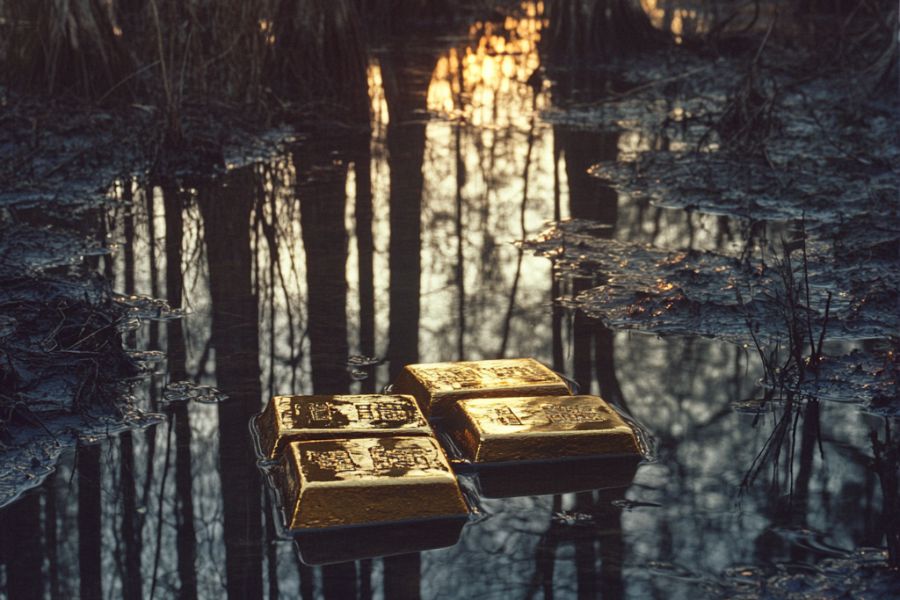Beneath Florida’s sandy shores and lush landscapes, countless treasures are said to be waiting to be discovered. From pirate gold to Spanish shipwrecks, the state’s history is filled with stories of lost riches.
Hunting for these treasures isn’t just about the money—it’s like stepping into an adventure straight out of a storybook.
Learning about the mysteries of the past and imagining what’s still out there makes it all the more exciting. Who wouldn’t want to uncover a chest of gold or a cache of silver coins?
Treasure hunting in Florida isn’t as far-fetched as it might sound. With its long coastline and rich history of explorers and pirates, Florida has always been a hotspot for hidden fortunes.
Whether you’re in the Panhandle, the Keys, or somewhere in between, there’s a chance that fortunes worth millions of dollars are buried not too far away. So, grab a map, spark your curiosity, and see where the stories of lost treasures lead you.
The Incredible Treasures Of Florida That Are Waiting To Be Discovered
These are some of the most remarkable and priceless treasures still hidden in Florida:
The Treasure Fleet of 1715 – $400,000,000+
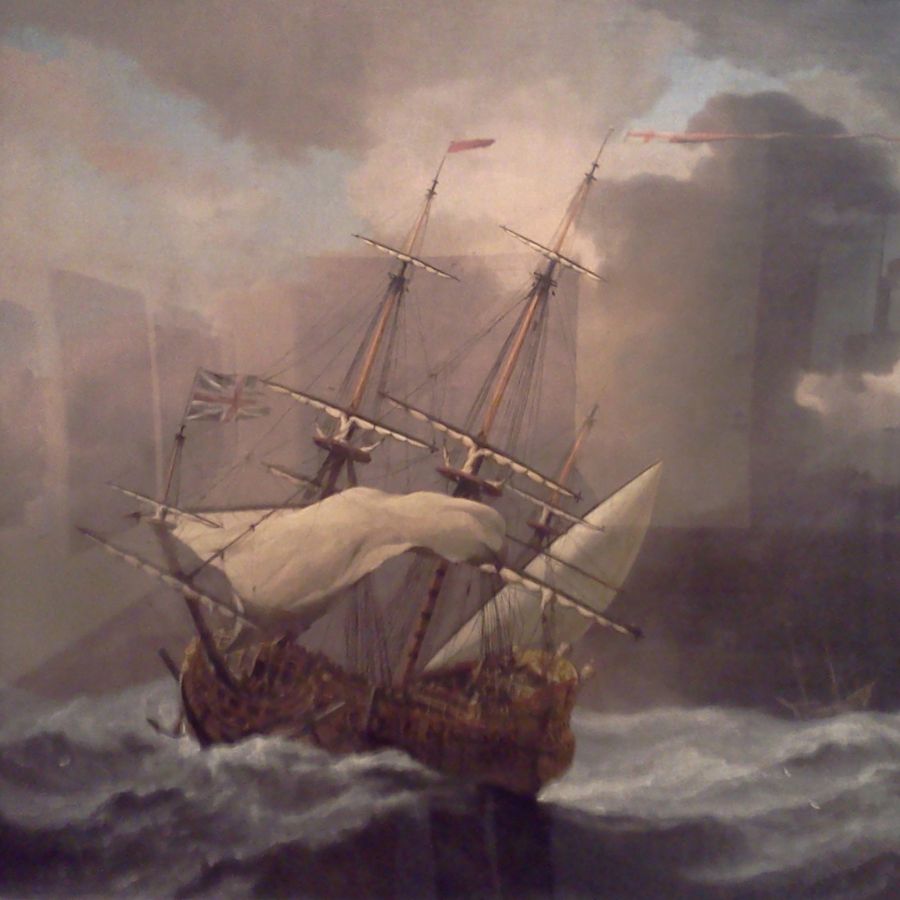
The Treasure Fleet of 1715 was a group of Spanish ships carrying gold, silver, and jewels from the New World to Spain. The fleet set sail from Havana, Cuba, but was caught in a hurricane off the coast of Florida. Eleven of the twelve ships were destroyed, scattering their valuable cargo.
The treasure was originally part of Spain’s colonial wealth, collected through mining in Mexico and South America. The cargo included gold coins, silver bars, emeralds, pearls, and other precious items.
It is believed the treasure was hidden because many items were lost in the chaos of the shipwrecks. Spanish salvage crews recovered some of it soon after the storm, but much remained lost beneath the ocean.
Most of the treasure is thought to be hidden along Florida’s east coast, particularly near Vero Beach and Sebastian Inlet. Strong currents and shifting sands have made finding it difficult.
How much the treasure would be worth today
If recovered in full, the treasure would be worth an enormous amount of money. Experts estimate its total value at over $400 million. This includes the historic and monetary value of the gold, silver, and jewels lost in 1715.
The Atocha and Margarita Wrecks – $1,000,000,000+
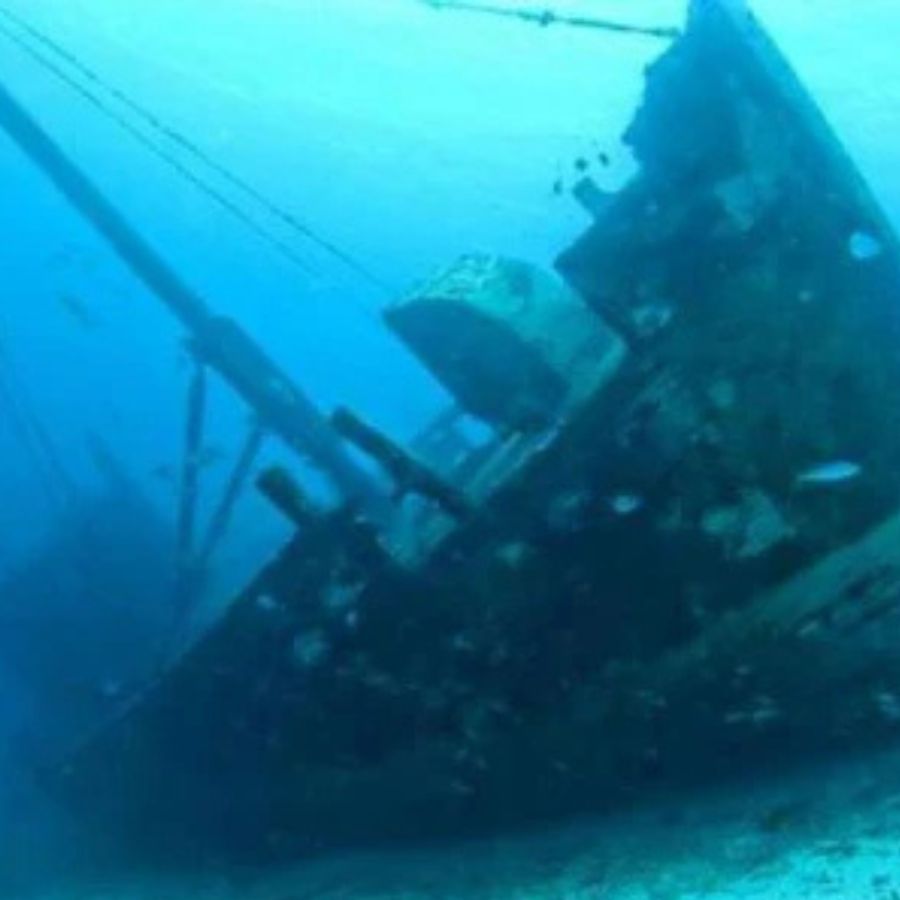
The Atocha and Margarita were Spanish galleons that sank in a hurricane off the coast of Florida in 1622. These ships were part of the Tierra Firme fleet and were heavily loaded with treasures from the New World.
It was collected from mines in Peru, Mexico, and Colombia. The wealth was meant for Spanish royalty and to fund wars in Europe.
The wrecks were lost until the 20th century when treasure hunter Mel Fisher discovered them. Fisher spent over 16 years searching for the Atocha. He and his team found part of the wreck in 1985 near the Marquesas Keys.
Historians believe the Spanish crew hid some of the treasure to protect it from storms and pirates. However, a large portion is still thought to remain undiscovered. The treasure may lie scattered along the ocean floor, covered by sand and coral.
How Much the Treasure Would Be Worth Today
The recovered portion of the Atocha’s treasure alone was valued at around $450 million. Its worth today could be over $1 billion.
The Legend of Black Caesar’s Stash – $100,000,000+
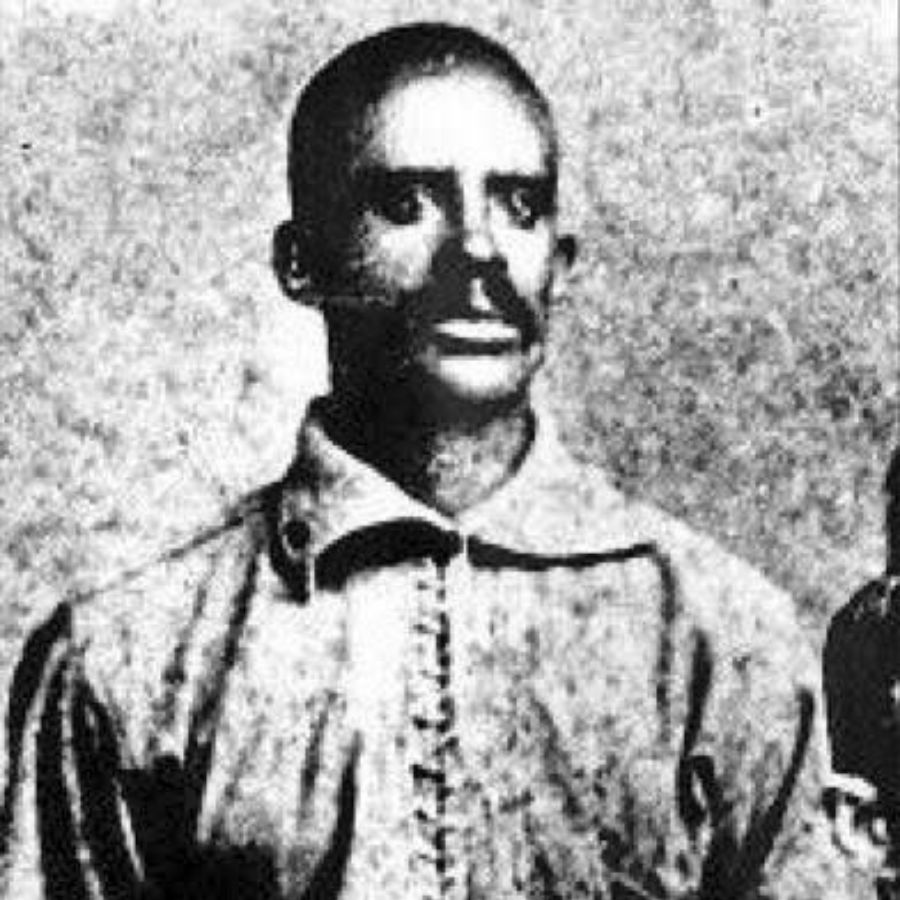
Black Caesar was a former African chieftain turned pirate, who roamed the Caribbean in the 1700s. He was said to have hidden a fortune of gold, silver, and jewels on the Florida Keys, particularly on Elliott Key or nearby islands.
These areas were ideal for pirates because of their remote location and maze-like waterways. The treasure was likely concealed to keep it safe from rival pirates and authorities.
It is believed that Black Caesar worked alongside Captain Edward Teach, better known as Blackbeard, for some time. After Blackbeard’s death in 1718, Caesar may have gone into hiding and buried his loot.
How much the treasure would be worth today
With historical coins, precious jewels, and artifacts, the treasure’s value might exceed $100 million.
Jean Ribault’s Treasure – $10,000,000+

Jean Ribault was a key figure in France’s efforts to establish colonies in the New World, particularly in Florida.
It is believed that Ribault hid the treasure in Florida while fleeing Spanish forces during the struggle for control of the region in the mid-16th century. After Ribault’s fleet was destroyed in a hurricane, he and his men were stranded and overwhelmed by Spanish forces led by Pedro Menéndez de Avilés.
The treasure’s exact location remains unknown, but it is often thought to be buried somewhere along Florida’s coast.
The treasure was likely hidden in 1565, during the final days of Ribault’s campaign. This was a time of intense conflict between French and Spanish explorers. Ribault and his men may have hidden the treasure to keep it from falling into Spanish hands.
How much the treasure would be worth today
The estimated value of Jean Ribault’s Treasure is around $10 million.
The Lost Cannon of Pensacola Bay – $500,000
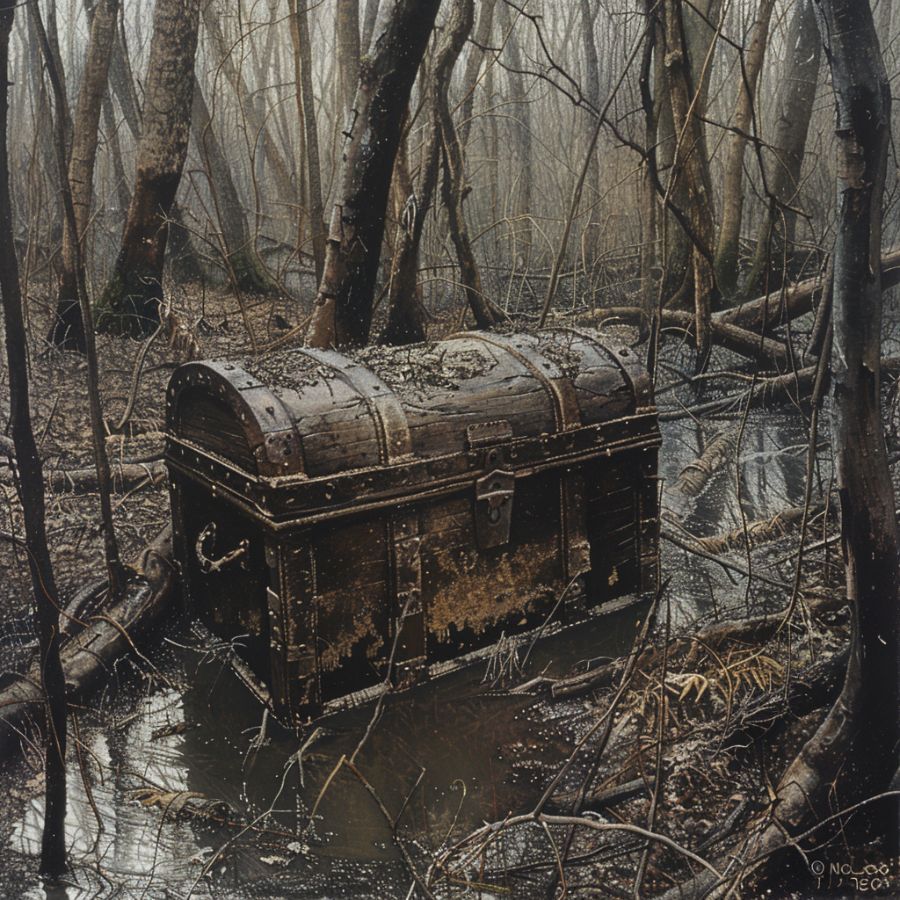
The Lost Cannon of Pensacola Bay is an artifact from the early colonial era. It is believed to have been lost during the turbulent 1700s when Pensacola was a key site of conflict between European powers. The cannon was likely aboard a Spanish ship that sank in the bay during a storm or a battle.
This historic treasure is said to be a large bronze or iron cannon used for defending Spanish ships and settlements. Some accounts suggest it could have been part of a larger cargo, including weapons and supplies.
Historians speculate that Spanish forces stationed in Pensacola during the colonial period might have been responsible for the cannon’s transport. The area’s strategic importance during the 18th century meant frequent clashes with British and French forces, making such losses common.
Records suggest the cannon was lost around the mid-1700s, a time of heightened tensions in the Gulf of Mexico.
How much the treasure would be worth today
Beyond monetary worth, it represents a piece of military history and craftsmanship, with an estimated value of $500,000.
Gasparilla’s Pirate Treasure – $30,000,000
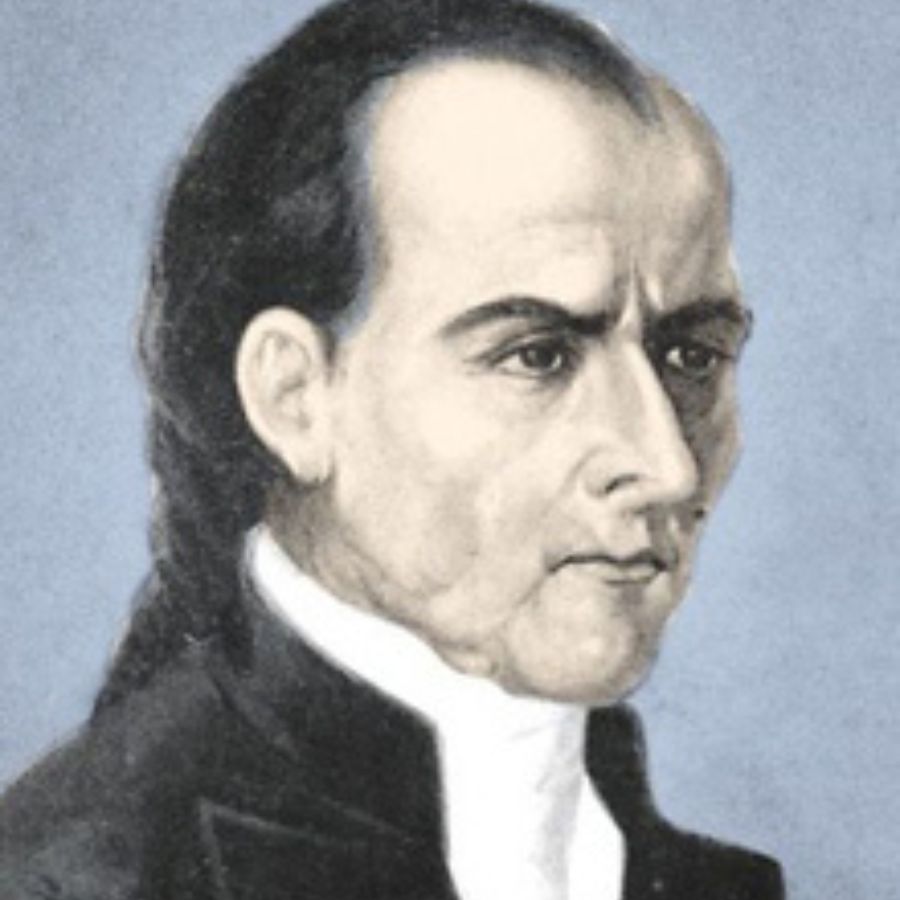
Gasparilla’s Pirate Treasure is tied to the exploits of the pirate José Gaspar. Known for his daring raids in the late 18th and early 19th centuries, Gasparilla amassed a fortune from looting Spanish ships and wealthy merchant vessels.
His reputation as a skilled and ruthless pirate has made his treasure one of the most sought-after mysteries of Florida’s history.
The treasure is rumored to include chests of gold coins, silver ingots, rare gemstones, and stolen artifacts from the ships he plundered. Some accounts even suggest personal heirlooms from captured nobles may be among the loot.
The islands near Boca Grande and Gasparilla Island are frequently mentioned as potential hiding places for his fortune.
Gasparilla’s treasure was supposedly buried around 1821, just before his dramatic end. According to legend, he chose to sink his ship and escape capture by leaping into the sea.
How much the treasure would be worth today
Its worth lies in the quantity and rarity of the gold, silver, and jewels it contains, as well as the potential discovery of unique historical artifacts. The estimated value of the treasure is $30 million.
The Gold of Fakahatchee Strand – $20,000,000+
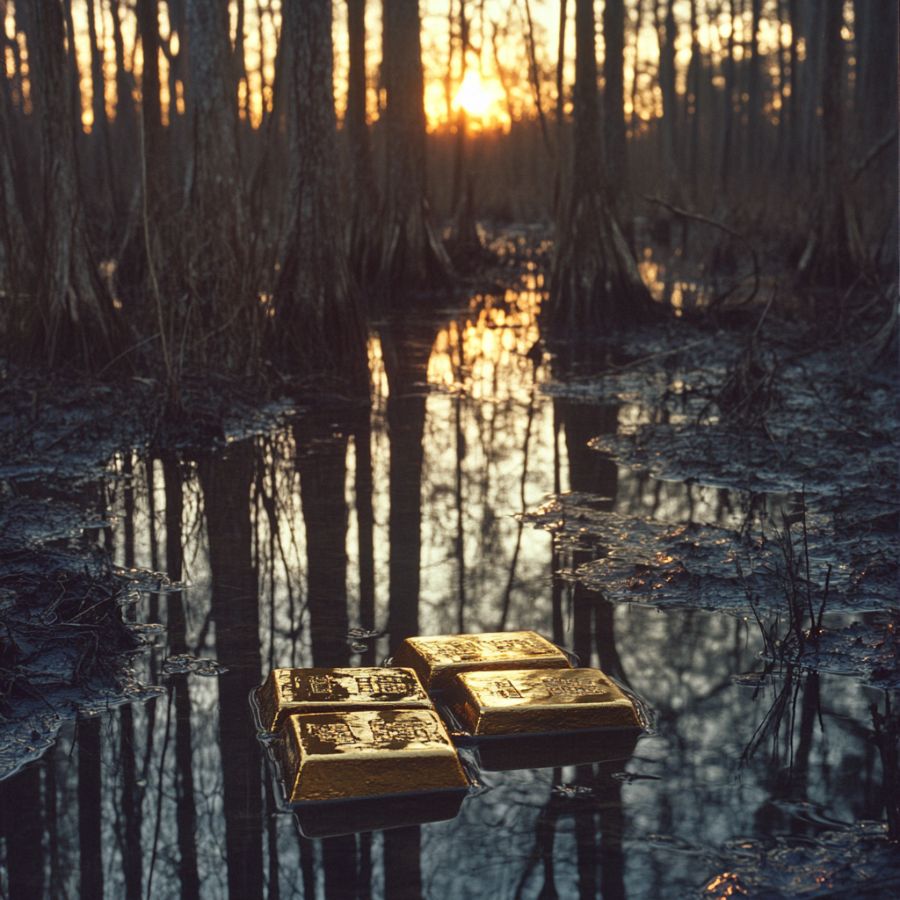
The Gold of Fakahatchee Strand is said to contain Spanish escudos, gilded chalices, gem-encrusted crosses, and other valuable artifacts from the 16th and 17th centuries.
The swampy terrain of Fakahatchee Strand, known for its thick mangroves and alligator-filled waters, has kept the treasure concealed for centuries.
Some historians connect it to Spanish missionaries who may have buried the items while fleeing inland during attacks on their settlements. Others suggest it was hidden by traders transporting gold inland from shipwrecked vessels to avoid detection.
One theory links the gold to Father Pedro de Alcántara, a Spanish priest active in the region during the 1800s. His mission, intended to convert local populations, was destroyed in a raid, prompting him to bury the valuables he carried for church construction.
How much the treasure would be worth today
The Spanish escudos, which were likely minted in the 1600s, could be valued at $12 million. Religious items such as gold chalices and crosses embedded with rubies or emeralds could add another $6 million.
Ornate jewelry, potentially included in the hoard, could raise the value by an additional $2 million, bringing the total estimated worth to approximately $20 million. Each piece’s origin and historical importance would make it a significant find.
The Lost Inca Gold of Coral Gables – $250,000,000
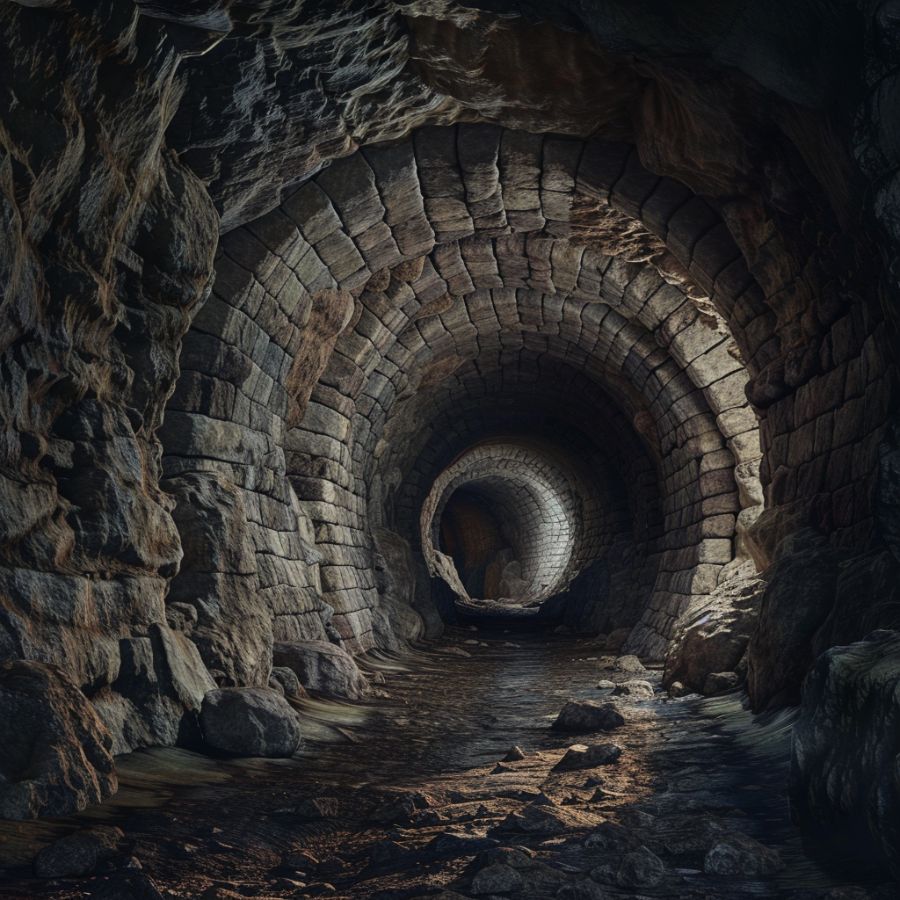
During the conquest of the Inca Empire in the 16th century, Incan treasures were seized by the Spanish, but it is believed that a significant portion was hidden by the Incas to prevent it from falling into foreign hands.
Historians and treasure hunters suggest that the treasure may have been brought to Florida by Spanish explorers or pirates who sought refuge in the region.
A notable figure often linked to the treasure is Francisco Pizarro, the Spanish conquistador responsible for toppling the Inca Empire. Local legends also mention anonymous settlers or pirates who may have hidden the treasure.
The possible locations for the treasure include underground caves, hidden tunnels, and remote areas of Coral Gables. Many believe that the dense vegetation and limestone formations in the area make it an ideal spot for concealing valuable items.
The time of treasure’s concealment aligns with the period of Spanish exploration and the movement of stolen riches from South America to other parts of the world.
How much the treasure would be worth today
If ceremonial items like sun disks or royal regalia are included, their rarity could add significantly to the total, pushing the value well beyond $250 million.
Turtle Mound Treasure – $12,000,000
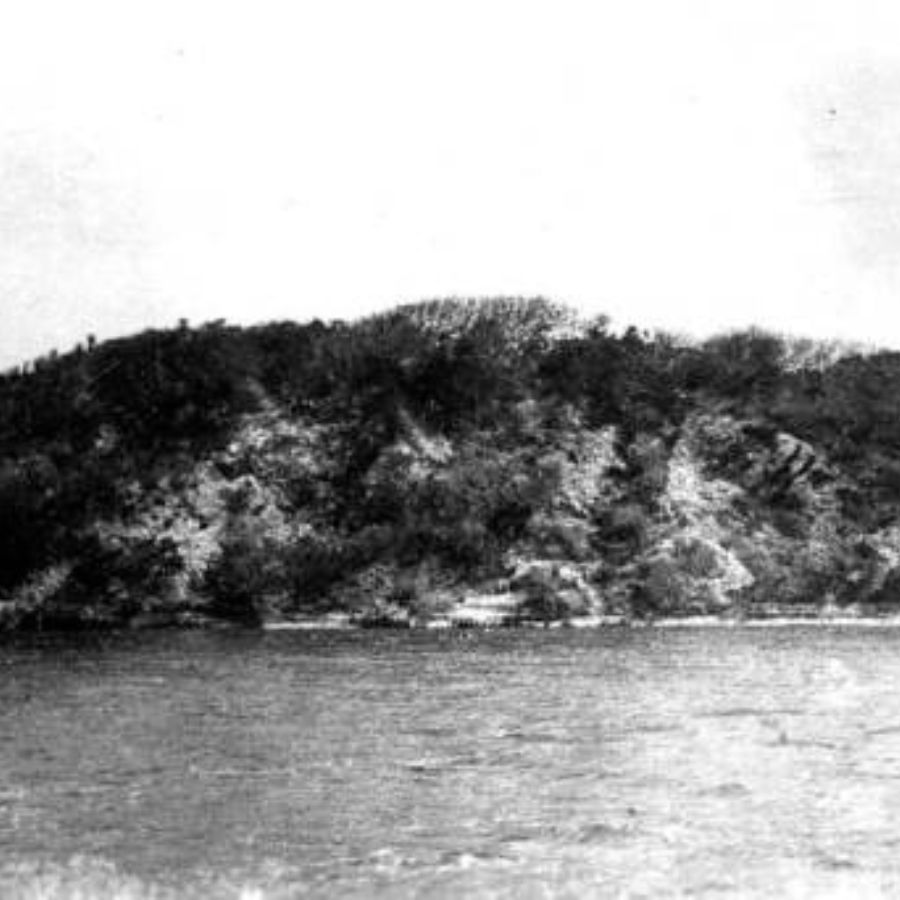
Built by the Timucua people over centuries, the Turtle Mound is a massive shell midden that served as both a landmark and a cultural site. Over time, however, the mound has become famous for rumors of hidden riches buried deep within.
The treasure is often described as a mix of precious metals, ornate jewelry, and sacred artifacts.
Some suggest it includes golden religious items looted from Central and South America by Spanish explorers. Theories also point to Spanish conquistadors or their crew members.
What makes the treasure unique is its rumored connection to rare ceremonial artifacts. These could include intricately designed chalices or religious relics stolen from indigenous cultures. Such items, if found, would carry not only financial value but also immense historical significance.
The mound’s location is part of its allure. Rising over 50 feet above the surrounding landscape, it provides a commanding view of the coastline. This strategic position may have inspired explorers or seafarers to use it as a secure vault, knowing its height would make it easy to relocate.
How much the treasure would be worth today
Gold and silver items might bring $5 to $8 million, considering their age and scarcity. Religious relics and cultural artifacts, especially if linked to indigenous or colonial histories, could add an estimated $4 million or more. Combined, the treasure’s value could approach $12 million.
Juan Ponce de León’s Hidden Wealth – $10,000,000+

Juan Ponce de León, a Spanish explorer famed for his search for the Fountain of Youth, is surrounded by rumors of hidden riches. After his expeditions to Florida in the early 1500s, whispers began of treasure concealed by him or his crew.
Some historians believe that the treasure may have been stashed away out of necessity rather than greed. Ponce de León faced numerous challenges during his expeditions, including hostile encounters and the need for survival. These circumstances may have led to valuables being left behind for future recovery.
About the supposed hiding spots, some suggest it lies near Florida’s coastal lagoons, where the Spanish explorers camped. Others believe it could be buried inland, where Ponce de León sought to establish settlements and secure trade routes.
What makes this treasure unique is the possibility of personal items from Ponce de León’s crew. Journals, navigational tools, or even clothing fragments could be part of the trove. These relics would offer a rare glimpse into the daily life and struggles of one of Spain’s most ambitious explorers.
How much the treasure would be worth today
The total value of the treasure could exceed $10 million.
The Pirate Wreck of Amelia Island – $15,000,000+
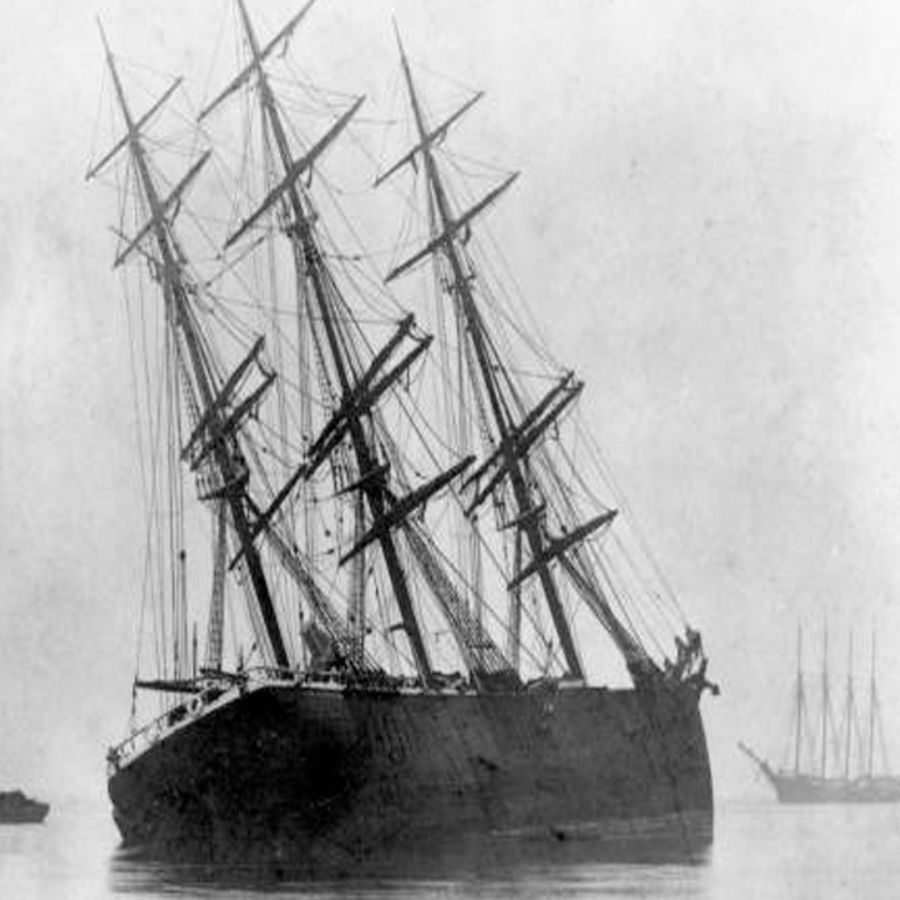
Amelia Island, located off the coast of Florida, has a rich history of pirate activity. In the 18th century, it was a haven for notorious pirates who roamed the Atlantic.
One of the most famous stories involves a pirate ship that wrecked during a fierce storm, leaving behind a trove of hidden riches.
The treasure is said to include gold doubloons, silver bars, and fine textiles looted from Spanish ships. Unique items such as rare pearls and intricately carved ivory figurines are also rumored to be part of the haul.
The ship is often linked to the pirate Luis Aury, a privateer who operated in the region. Aury was known for his daring raids on Spanish ships and his ability to elude capture. Some believe that before the wreck, his crew buried a portion of their loot on the island, hoping to return for it later.
The treasure is thought to be hidden in two possible locations: the shipwreck itself, now buried beneath shifting sands, or within the dense forests of Amelia Island.
This treasure also has the potential for personal artifacts from the pirate crew. Items such as weaponry, navigational tools, or even pirate insignias could be part of the find.
How much the treasure would be worth today
Gold and silver might account for $10 million, but rare items like silk, spices, and ancient maps could push the total higher. The inclusion of historically significant artifacts could add another $5 to $7 million, making this treasure invaluable to historians and collectors alike.
The Devil’s Millhopper Loot – $100,000+
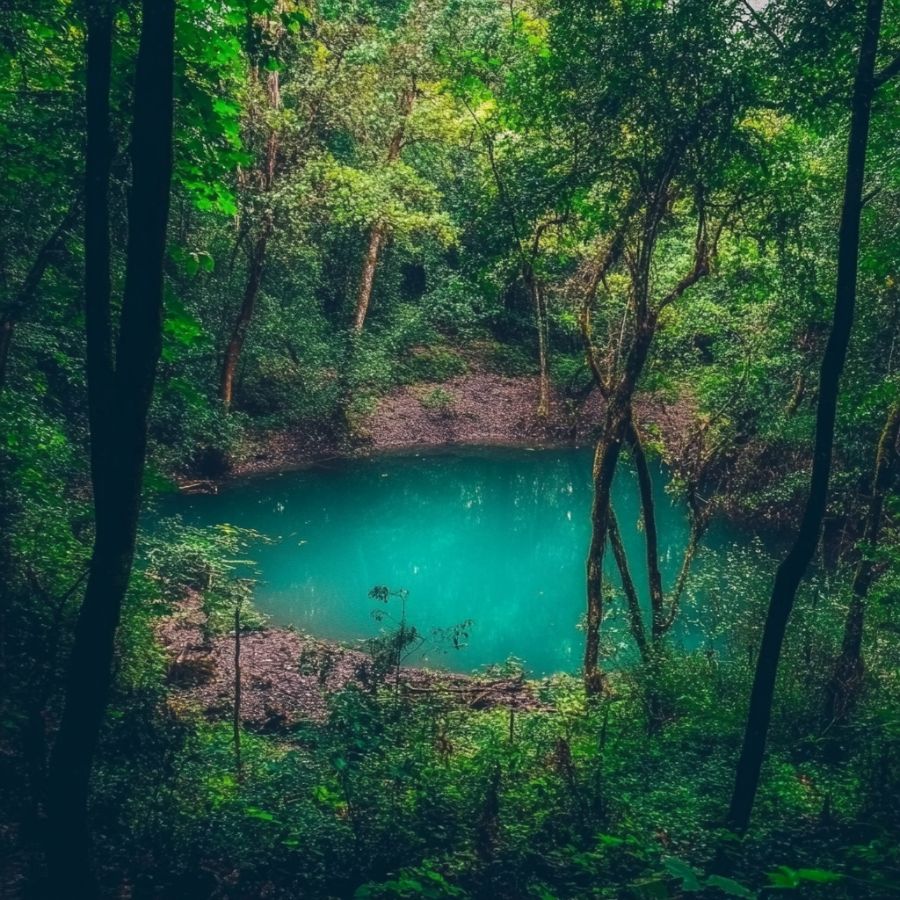
The Devil’s Millhopper is a fascinating geological sinkhole located in Gainesville, Florida. It is approximately 120 feet deep and 500 feet across. The sinkhole’s name comes from its resemblance to a grain mill’s hopper.
The history of the Devil’s Millhopper dates back thousands of years. Geologists believe it began forming around ten to fifteen thousand years ago.
Over time, it has become a significant archaeological site, revealing fossils and artifacts from prehistoric creatures. Visitors have discovered shark teeth and remnants of extinct land animals, showcasing Florida’s rich natural history.
What’s interesting is that the treasure is believed to include prehistoric artifacts such as arrowheads and other items from ancient cultures. Some stories suggest that the loot was hidden by Native Americans fleeing from early settlers or by those who recognized the sinkhole’s unique geological features.
In the 1930s, the Civilian Conservation Corps constructed a stairway to enhance public access to the sinkhole. This initiative was part of a broader effort to develop parks during the Great Depression.
How much the treasure would be worth today
If Devil’s Millhopper’s artifacts were appraised based on their historical and archaeological value, they could be estimated at around $100,000 today.
Everglades Train Robbery Gold – $10,000,000+
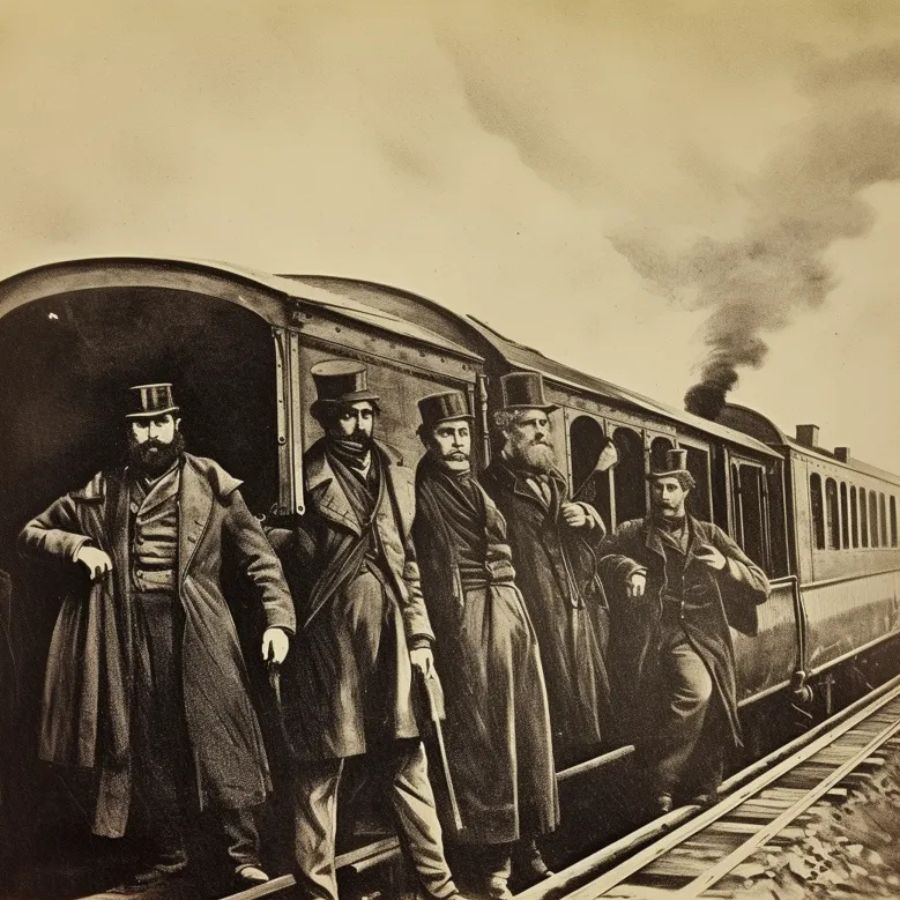
The Everglades Train Robbery Gold is a fascinating tale of hidden treasure linked to a notorious crime. This treasure is believed to date back to the late 19th century when a group of outlaws stole a significant amount of gold during a train heist.
The robbery itself is shrouded in mystery, with various accounts suggesting that the gold was hidden away in the vast and dense Everglades region of Florida. The treasure is thought to consist of gold bars and coins, possibly amounting to several million dollars in value.
The identity of those who hid the treasure remains uncertain, but it is often attributed to a gang of criminals. These individuals were skilled at evading capture and were known for their cunning tactics.
The time frame for when this treasure was hidden is generally placed in the late 1800s, around the time of the robbery. This period was rife with train heists, and many criminals took advantage of the lack of security measures on trains transporting valuable cargo.
The lore surrounding this treasure has only grown with time, captivating treasure hunters and historians alike.
How much the treasure would be worth today
Estimates suggest that the Everglades Train Robbery Gold could be worth around $10 million today.
Manatee River Loot – $10,000,000+
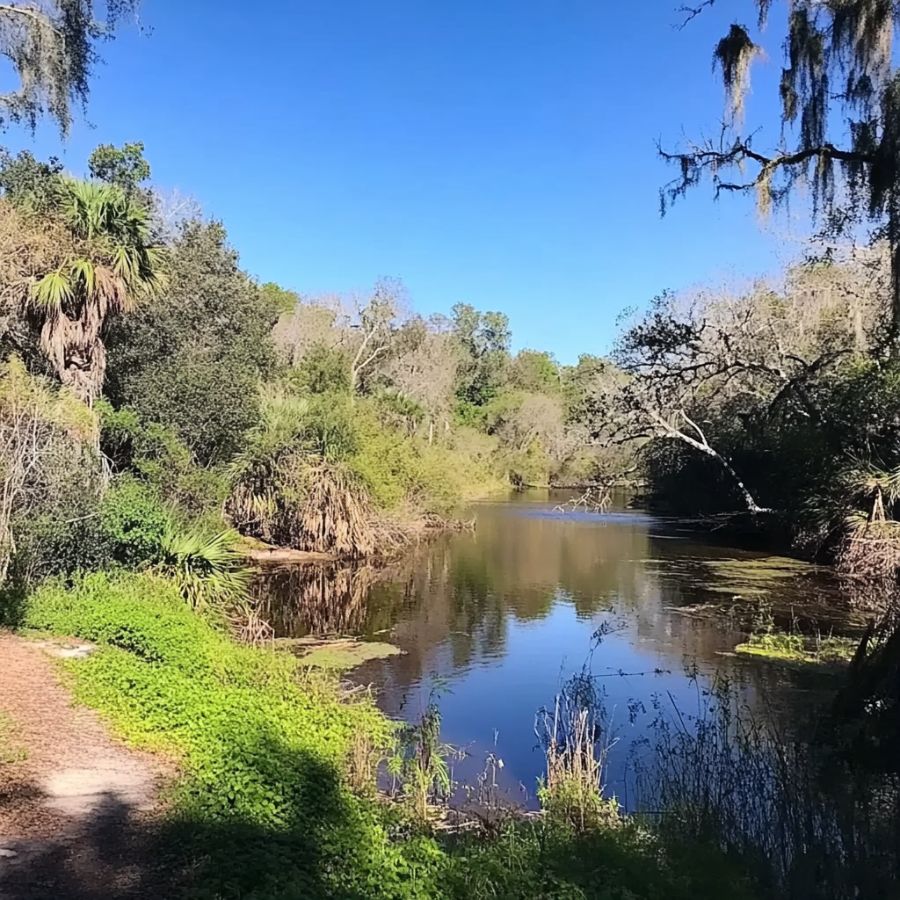
The Manatee River Loot refers to a treasure believed to be buried beneath the waters of the Manatee River in Florida. In 1800, smugglers and privateers were active along the Gulf Coast, using the river as a discreet route for moving stolen goods.
The river’s treasure is said to include chests of gold coins, silver bars, and stolen goods such as fine china and handcrafted jewelry.
What makes it unique is the possibility of documents or maps that could reveal trade secrets or details of smuggling operations. These items tell a story of the illicit trade that shaped the region’s history.
This treasure is significant because of its connection to the economic and social struggles of the time. Smugglers operated in the shadows, defying authorities while profiting from black-market goods. The hidden loot represents the wealth and power that these secretive activities generated.
How much the treasure would be worth today
The Manatee River Loot could have a value of $8 to $12 million.
Calusa Indian Treasures – $50,000,000+
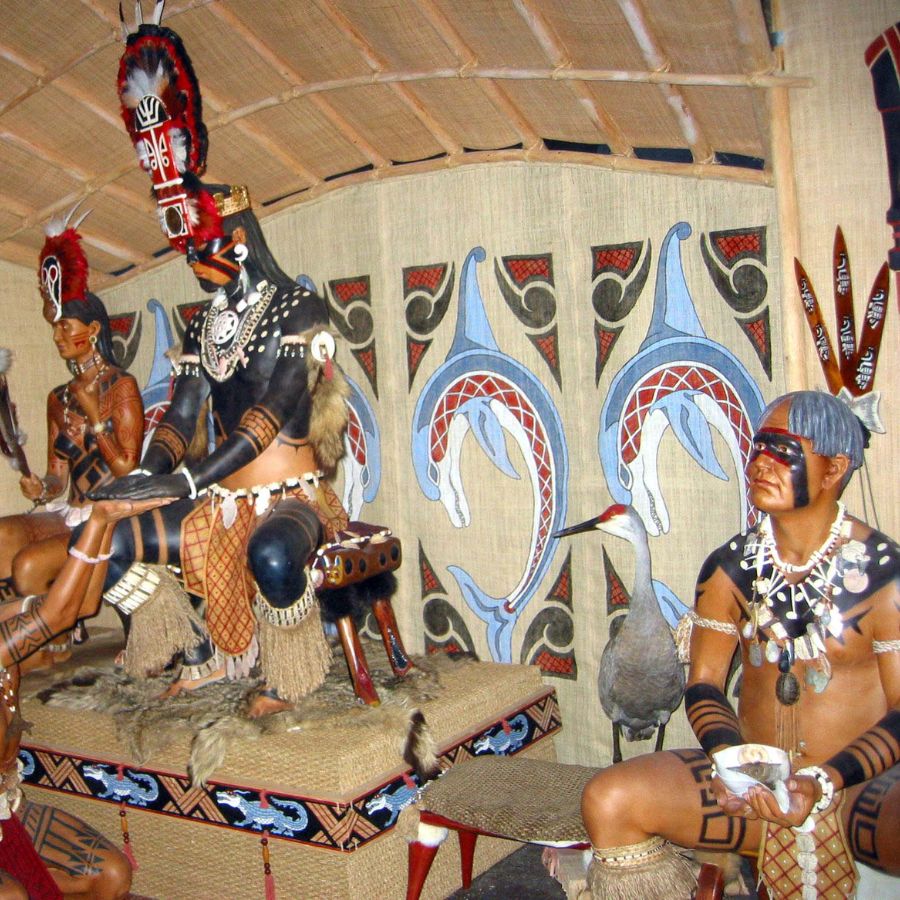
The Calusa Indians, often referred to as the “Shell Indians,” inhabited the southwestern coast of Florida for centuries. They were known for their unique lifestyle, which revolved around fishing and shell collection rather than agriculture.
The Calusa were formidable warriors who fiercely defended their territory against European explorers and rival tribes. The treasure associated with the Calusa is believed to be hidden artifacts and riches, including gold and silver items, that were accumulated over generations.
Historically, Chief Carlos was a prominent figure among the Calusa. He is believed to have played a significant role in hiding the treasure as his people faced existential threats.
Archaeological evidence suggests that the Calusa built elaborate structures and created intricate artifacts from shells. These artifacts may include ceremonial items or tools that were hidden away as a means of safeguarding their culture and heritage.
The treasure represents not just material wealth but also the rich history of a tribe that thrived in an environment where they had to adapt and innovate.
How much the treasure would be worth today
The total value of the cache, considering rare ceremonial items and their historical importance, might exceed $50 million.
Hernando de Soto’s Gold Cache – $300,000,000+

Hernando de Soto was a Spanish explorer who led a significant expedition across the southeastern United States in the 16th century. He arrived in Florida in 1539 with dreams of finding gold and riches, having previously gained wealth from his conquests in South America.
De Soto’s expedition traversed various territories, including parts of present-day Georgia, South Carolina, and Alabama. Along the way, he encountered indigenous tribes and demanded gold and resources.
The most notable interaction occurred at Cofitachequi, where de Soto received pearls and other goods but not the gold he desperately wanted.
De Soto is believed to have hidden the treasure in 1542, shortly before his death. At that time, his expedition was struggling with dwindling supplies and resistance from Native American tribes. To protect the wealth they had gathered, de Soto’s men likely concealed it, hoping to retrieve it later.
Many people connected to de Soto’s expedition, including soldiers and officers, might have known the treasure’s location. However, after de Soto’s death and the eventual failure of the expedition, this knowledge was lost.
How much the treasure would be worth today
The total worth of Hernando de Soto’s gold cache in modern times could reach over $300 million.

